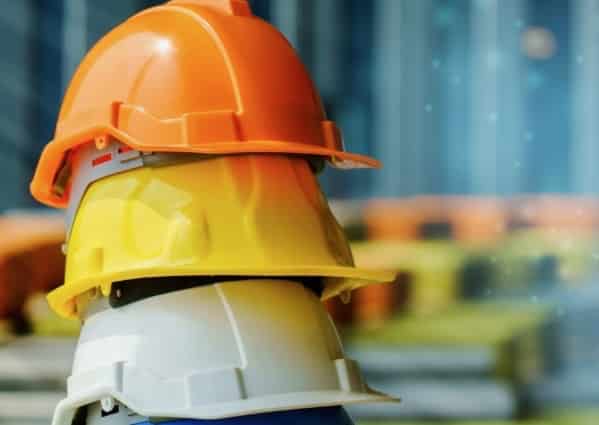
The Dangers of Outdated Construction Helmets
Posted on October 2, 2023 in Firm News
Safety advocates are bringing to light an overlooked hazard with construction helmets that is leading to unnecessary accidents and injuries.
Between 2003 and 2008, Occupational Health & Safety reported that traumatic brain injuries (TBIs) were the leading cause of occupational fatalities, with 29% resulting from fall accidents. While current regulations set by the Occupational Safety and Health Administration (OSHA) require construction workers to wear head protection on the job, current hard hats and safety helmets are failing to protect employees from rotational motion injuries that often lead to serious and fatal TBIs.
In this article, we’ll discuss hard hats’ current specifications and what limitations prevent them from reducing and possibly eliminating construction-related TBIs.
How Construction Helmets Work
Construction hard hats are necessary pieces of personal protective equipment (PPE) that can significantly reduce worker harm. These helmets are constructed from high-impact resistant materials that serve as a first line of defense when a worker is struck in the head. The materials absorb forces that come in contact with a worker’s head and dissipate them over a wider area to reduce the severity of injuries.
There are two types of construction helmets: Type I and Type II. Type I helmets tend not to include chin straps, posing a higher chance of falling off in the event of an accident. Type II helmets include chin straps that provide additional safety.
Both Type I and Type II hard hats are manufactured to undergo five performance tests:
- Force transmission
- Flammability
- Attenuation
- Apex penetration
- Electrical insulation
In these tests, all hard hats must show a high level of protection on a large portion of the helmet, including protecting from impact injuries on the front, sides, and rear. However, none of the current tests focus on reducing the force of rotational motion; this is how workers continue to sustain fatal TBIs on the job.
Dangers of Rotational Motion to Construction Workers
Rotational motion occurs due to an oblique or angled impact to the brain. As opposed to a direct hit from a linear motion, workers who are struck in the head at an angle have a higher chance of sustaining strain on brain tissue that can result in TBIs and permanent brain damage.
Hard hats that are only designed to withstand linear impacts leave construction workers vulnerable to TBIs, even when they are worn correctly. Unfortunately, most hard hats on the market have not changed in design since their creation over 100 years ago. Type I and Type II hats are built to withstand linear impacts from equipment and construction practices that may not even be used anymore. While some manufacturers have begun to adapt their gear to protect workers from rotational motion, this has not become the standard and continues to be an overlooked hazard.
Improving Hard Hats to Reduce TBIs
Hard hats and construction helmets can significantly reduce the risk of TBIs when constructed to withstand impact from all angles. OSH makes several suggestions to employers for picking construction helmets to prevent injuries.
Helmets on the job should:
- fit workers firmly and comfortably.
- meet all standards for specific trades.
- be free of defects and damages.
- pass testing for rotational motion.
New technology has enabled construction helmets to mitigate the force of angled impacts that initiate rotational motion. No–it’s not currently required under OSHA standards, despite the availability. However, outdated standards should not prevent employers from doing right by their employees to ensure their protection from known hazards that cause TBIs.
Pazer, Epstein, Jaffe & Fein NYC Construction Accident Attorneys
At the law firm of Pazer, Epstein, Jaffe & Fein, we have been fighting for New York City workers and victims of construction accidents for over 60 years. If you or a loved one has been seriously injured on a construction worksite, contact one of our attorneys for a free consultation through our online form or call 212-227-1212.

